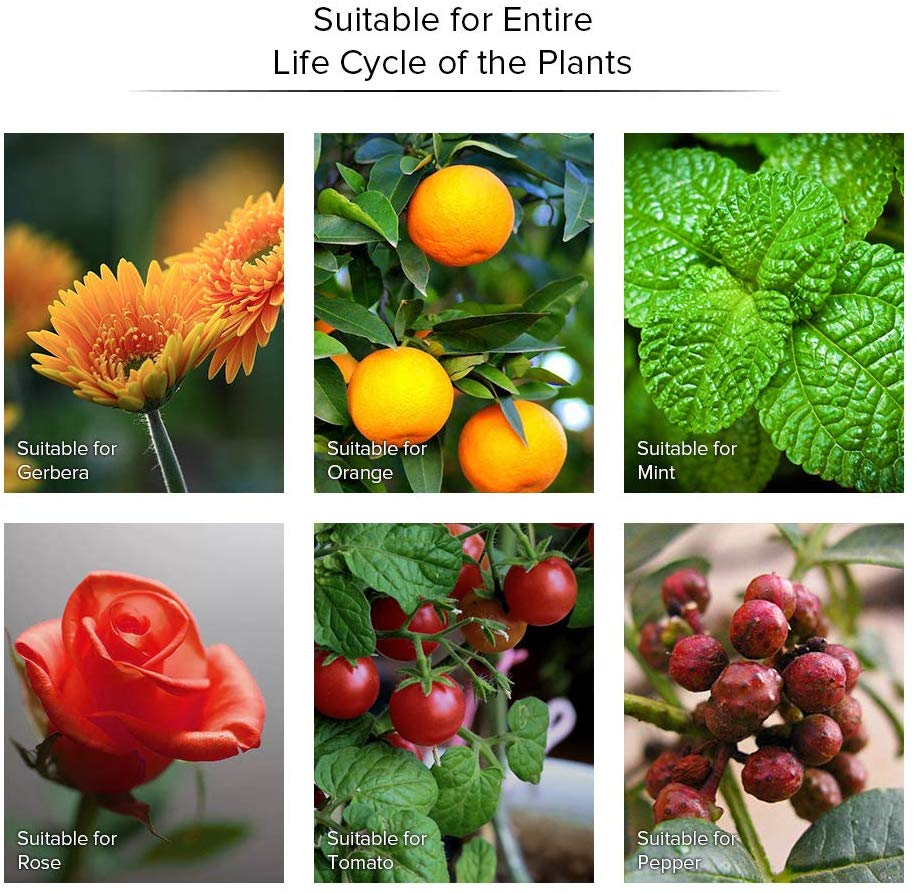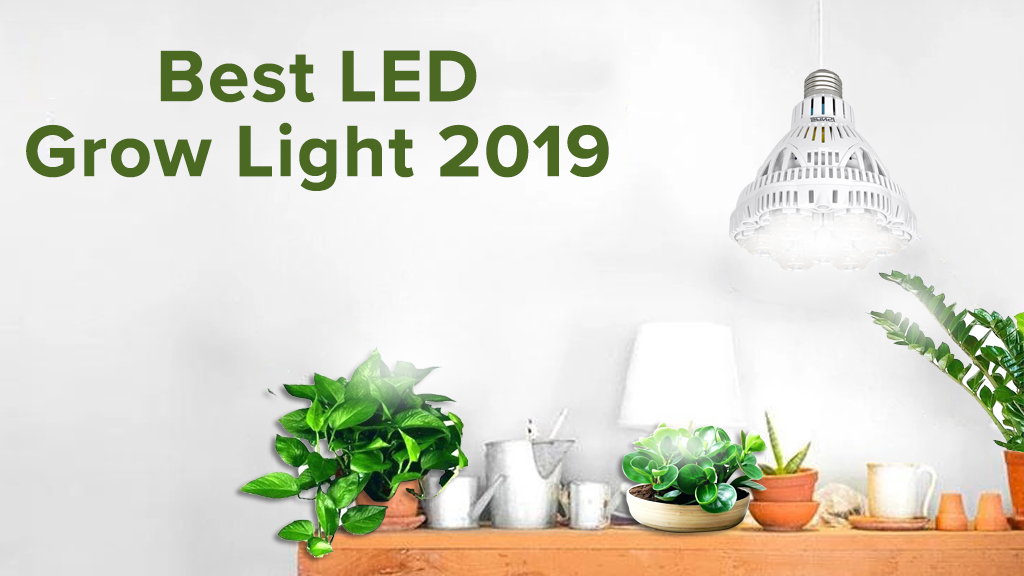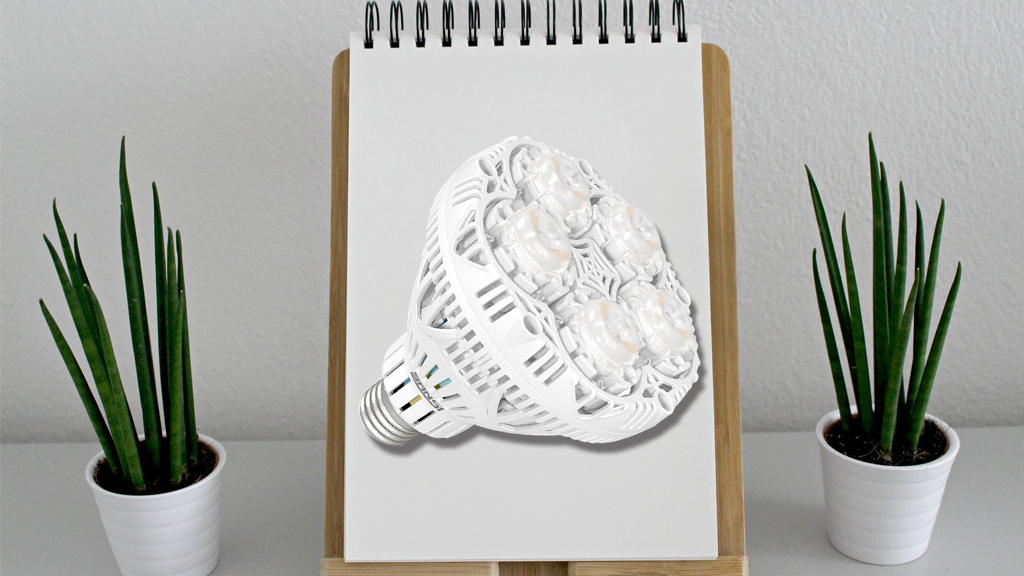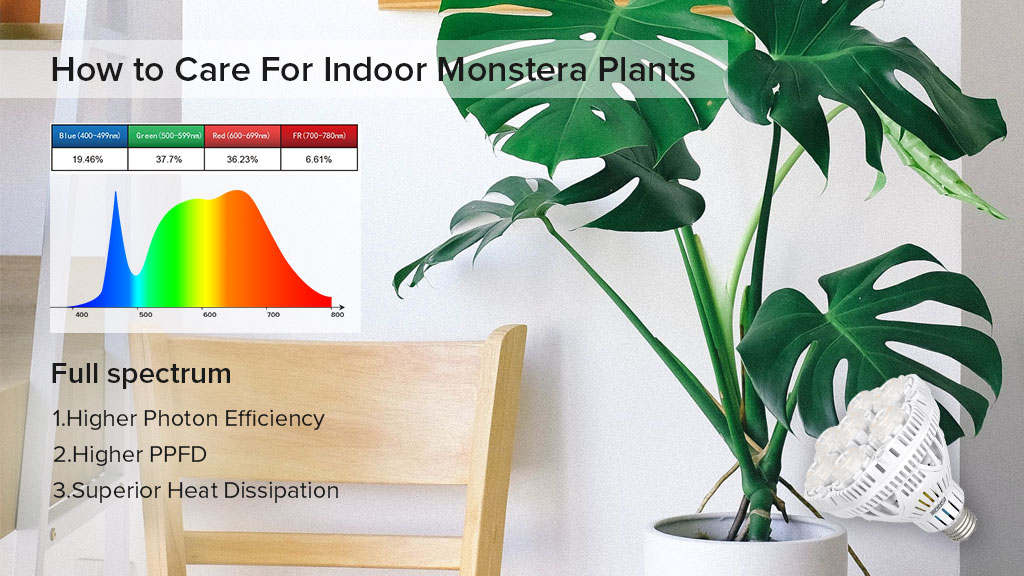POPULAR SCIENCE: What Kind of Red and Blue Light do Different Plants Need?
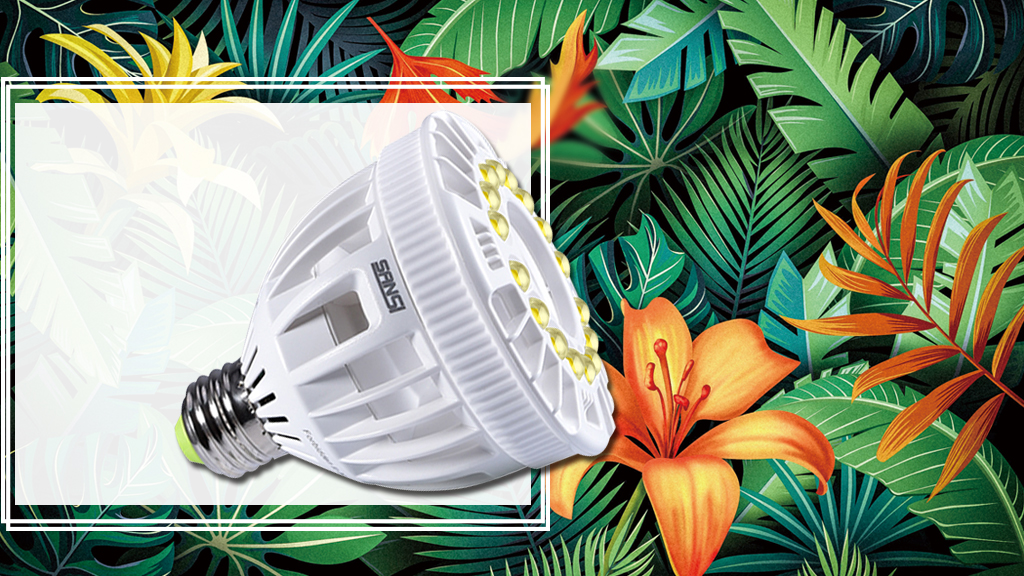
Nowadays, there is nothing more popular than “medical beauty” in the female circle. Now everyone is beginning to think that simple face washing and skin care have not met the requirements of the skin. "Red and blue light" (red light is to increase collagen and blue light to eliminate inflammation and bacteria) Most young girls will choose to do this basic project when they first enter the medical beauty circle.
But what everyone doesn't know is that in addition to the face needing red and blue light, plants also need it!
Therefore, the plant grow light was born, and it was a scientific supplement to make up for the fact that plants could not receive a relative proportion of red and blue light in nature.
1. Why do plants need light?
Plants need photosynthesis, which means that green plants (including algae) absorb light energy, synthesize carbon dioxide and water into energy-rich organic matter, and release oxygen at the same time. Only when photosynthesis exceeds respiration can the organic matter be accumulated and plant growth promoted. The reason is that when it is impossible to accumulate organic matter through net photosynthesis, scientific supplementary light is needed to make up for the problem.

2. What Light Do Plants Need?
Red light: Promote plant rhizome elongation, promote carbohydrate synthesis, promote fruit vitamin C and sugar synthesis, but inhibit nitrogen assimilation
Blue light: It is a necessary supplement to the light quality of red light, and it is also a necessary light quality for crop growth, which is beneficial to the synthesis of high oxides, including stomatal control and photoextension of stem extension.
3. What are the common red and blue light ratios?
Several typical light source spectral structures

4. What is the Scientific Basis For Such a Ratio?
Succulent plants at the growing stage
Succulent plants are favored by people because they have thick and juicy water storage organs. The succulent plants represented by the cactaceae, saccharidae and sedum families are mainly illuminated by red light and supplemented by blue light during the growth period, which can not only promote stem and leaf elongation, chlorophyll and protein synthesis, but also succulent stems and leaves hypertrophy while preventing its steepness.

Succulent plants at the coloring stage
Succulent plants are favored by people because they have thick and juicy water storage organs. The succulent plants represented by the Cactaceae, sedum, and sedumaceae are mainly illuminated by blue light and supplemented by red light during the coloring period, which can not only inhibit the succulent length, but also increase the freshness and brightness, and induce new shoots.

Foliage plants at the growing stage
Foliage plants generally refer to plants with beautiful leaf shapes and colors, including indoor foliage plants such as Milan, Chrysanthemum, Aloe, Evergreen, Asparagus, and leafy vegetables such as lettuce, spinach, and chives. During the growth period of such plants, sufficient red light is needed for photosynthesis to promote the growth of stems and leaves, and at the same time, blue light is required to promote protein synthesis, increase chlorophyll, and increase leaf fatness and brightness.

Flowering plants at the growing stage
Flowering plants represented by roses, chrysanthemums, rhododendrons, osmanthus, etc., need sufficient red light for photosynthesis during the growth period to promote the growth of stems and leaves. They also need blue light to assist and promote chlorophyll and protein synthesis.

Flowering plants at the flowering stage
Flowering plants represented by roses, chrysanthemums, rhododendrons, osmanthus, etc. need more red light during flowering lighting because red light can not only promote the formation of anthocyanins, it can make flowers more vivid, but also have a flower-inducing effect. Illumination of red light promotes the conversion of photosensitivity pigment PR to PFR, transmits flowering signals, and controls the flowering cycle (including early flowering and extending flowering time).

Fruiting plants at the growing stage
Fruiting plants, such as strawberries and tomatoes, not only need sufficient red light for photosynthesis to promote the growth of stems and leaves, but also need blue light to assist in the growth of stems and leaves.

Fruiting plants at the fruiting stage
Fruit plants, such as strawberries and tomatoes, need more red light during the fruiting period, because red light is not only good for carbohydrates, increasing fruit yield, but also beneficial for vitamin C and sugar synthesis, improving fruit taste and increasing fruit sweetness.

The SANSI 15W Full Spectrum Grow Light is one of the best options for getting a good ratio of all the light spectrums. This makes it applicable to all of the stages of the plant’s growth cycle as long as it is hung at various heights. The Red to blue ratio within this full spectrum light is Red 36.23%: Blue 19.41%, which is a well-balanced ratio for a full spectrum bulb. The great thing about this bulb is that each LED chip contains a mixture of the whole spectrum so the plant will receive a more even distribution of light. These lights are one of the best grow lights for beginners or experienced indoor gardeners!



